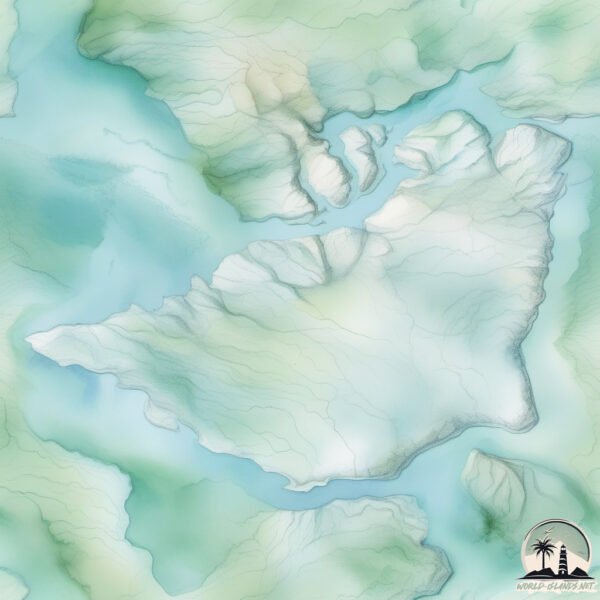Welcome to Osteroy , a Temperate island in the North Sea, part of the majestic Atlantic Ocean. This guide offers a comprehensive overview of what makes Osteroy unique – from its geography and climate to its population, infrastructure, and beyond. Dive into the details:
Geography and size of Osteroy
Size: 328 km²Coastline: 145.2 kmOcean: Atlantic OceanSea: North SeaContinent: Europe
Osteroy is a Large Island spanning 328 km² with a coastline of 145 km.
Archipel: –
Tectonic Plate: Eurasia – One of the world’s largest tectonic plates, the Eurasian Plate covers a significant portion of Europe and Asia. It’s characterized by diverse geological features, including the Ural Mountains, the European Plain, and the Himalayas formed from its collision with the Indian Plate.
The geographic heart of the island is pinpointed at these coordinates:
Climate and weather of Osteroy
Climate Zone: TemperateClimate Details: Temperate Oceanic ClimateTemperature: Warm Summer
Climate Characteristics: Known for its moderate year-round temperatures with ample rainfall and no dry season. Warm summers are characteristic.
Topography and nature of Osteroy
Timezone: UTC+01:00Timezone places: Europe/ParisMax. Elevation: 855 m Mean Elevation: 325 mVegetation: Evergreen Needleleaf ForestTree Coverage: 57%
The mean elevation is 325 m. The highest elevation on the island reaches approximately 855 meters above sea level. The island is characterized by Mountains: High, steeply elevated landforms. Characterized by both a high maximum elevation (over 500 meters) and a high mean elevation, creating rugged, mountainous terrains on islands.
Dominating Vegetation: Evergreen Needleleaf Forest
Vegetation: 9 vegetation zones – Very Highly Diverse Island
Infrastructure and Travelling to Osteroy
Does the island have a public airport? no .
Does the island have a major port? no .
The mean population of Osteroy is 26 per km². Osteroy is Gently Populated. The island belongs to Norway .
Continuing your journey, Askoy is the next notable island, situated merely km away.
Error 403 The request cannot be completed because you have exceeded your
quota . : quotaExceeded
Norway is classified as Developed region: nonG7: Developed economies outside of the Group of Seven, characterized by high income and advanced economic structures. The level of income is High income: OECD.
News – Latest Updates and Headlines from Osteroy
Stay informed with the most recent news and important headlines from Osteroy. Here’s a roundup of the latest developments.
Loading...
Please note: The data used here has been primarily extracted from satellite readings. Deviations from exact values may occur, particularly regarding the height of elevations and population density. Land area and coastline measurements refer to average values at mean high tide.

